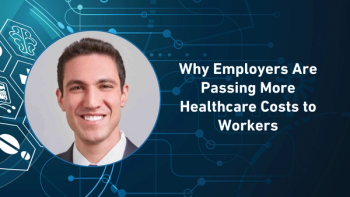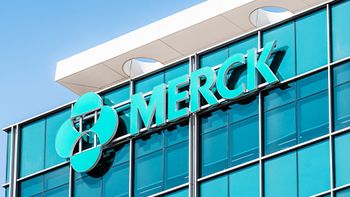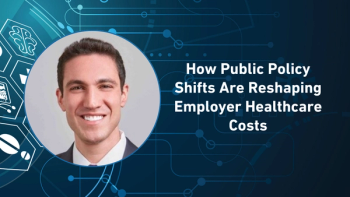
- Pharmaceutical Commerce - November/December 2011
Battle lines draw up between PBMs and manufacturers who use copay coupons
PCMA study estimates additional $32 billion in added healthcare costs through 2021; coupons ‘lure consumers to switch from generics to expensive brands’
The behind-the-scenes jockeying between brand manufacturers and pharmacy benefit managers (PBMs) over pricing and formulary placement is breaking into the open as the latter get more aggressive in fighting against manufacturers’ use of coupons. According to a Wall Street Journal report, CVS Caremark is advising its health plan clients to drop coverage of 32 branded drugs currently using copay coupons, which enable patients to reduce or eliminate the copay when filling a prescription. Earlier, the Pharmaceutical Care Management Assn. (Washington, DC) released a study claiming that copay assistance will add $32 billion to US healthcare costs between 2012 and 2021, if current trends continue; the pharma industry currently supports copay assistance to the tune of $3-6 billion, according to data from Amundsen Group (Burlington, MA) cited by the PCMA study.
PBMs set copays based on preferential tiers, with the intent of driving patients toward the lowest-cost drugs in a therapeutic class; first-tier choices, which are sometimes generics, often have no copay at all. In turn, a manufacturer with a lower-tier placement on the formulary will offer a coupon to reduce or eliminate the copay. In the PCMA study (which excluded specialty pharmaceuticals), study authors from the consulting group Visante (www.visante.com) calculated that use of coupons results in 25% additional switches from preferred brands or generics, and that four brand-to-brand conversions occurred for every generic conversion; they then estimated the current and projected number of prescriptions that could be affected by coupons, arriving at the $32 billion in additional cost. Massachusetts alone (where coupon use is banned for publicly funded health plans) could see costs rise by $750 million over the period. “This is the first step in a long education process,” Mark Merritt, PCMA president, told Pharmaceutical Commerce. “We think that the added costs will cause a lot of cash-strapped states and employer plans to look at this practice more closely.” He adds that the method by which copay are adjudicated—after the pharmacy benefit has been cleared—amount to a “shadow claims system” invisible to payers.
The PCMA study clearly targets cases where the preferred Tier 1 product is being switched for a higher-priced, lower-tier product, especially generics. But copay programs exist for many other reasons, including product launches, medication adherence programs and prescription assistance programs, according to industry sources. “This strikes me as a one-sided analysis,” says Mason Tenaglia, senior partner at Amundsen Group, which he says is a leader in designing coupon copay offset programs. “It’s hard to dispute that protecting its market share against Tier 1, generic atorvastatin is the reason for Pfizer’s current $4 coupon for Lipitor, but the more common instance is a program designed for a Tier 3 product competing against a Tier 2 one—that’s where 99% of the money is being spent.”
Even so, he says, many coupon programs are too loosely set up to be cost-effective, citing the example of a $25 coupon that is equally applied to plans with a $25 copay (thus reducing the copay to zero) versus ones where the copay is $75 (thus reducing the copay to $50). A patient might have little resistance to the $25 copay, but strong resistance to the $50 balance, thus wasting the value to the manufacturer in the $25 copay program. “Manufacturers should think about coupons like wasabi sauce rather than peanut butter. Smart programs are applied selectively and in small portions,” he comments.
Behind such selectivity in copays and formulary tiers, though, is the much bigger practice of manufacturer rebates or discounts to PBMs, where tens of billions of dollars are being negotiated. These rebates enable branded products to be placed higher on formulary tiers, but apply across the board to any type of patient. Thus, a manufacturer is in the position of trying to balance the PBM discount with funding copay assistance. According to the WSJ article, this was exactly the tradeoff considered by Lilly with CVS Caremark, with Lilly deciding not to meet the PBM’s discount expectation on its Humalin and Humalog insulin products.
Articles in this issue
about 14 years ago
CMS issues Sunshine Actabout 14 years ago
More actions by GPhA and Obama Administration to address drug shortagesabout 14 years ago
Cold Chain Technologies extends ambient-temperature packaging lineabout 14 years ago
UPS Healthcare Logistics adds to network with an Italian acquisitionNewsletter
Stay ahead in the life sciences industry with Pharmaceutical Commerce, the latest news, trends, and strategies in drug distribution, commercialization, and market access.



